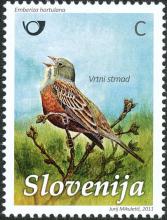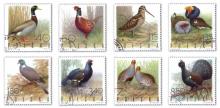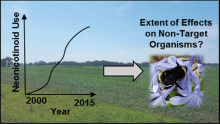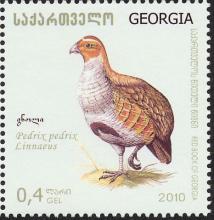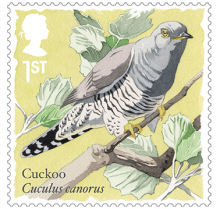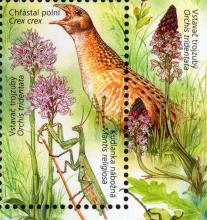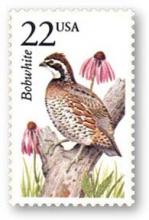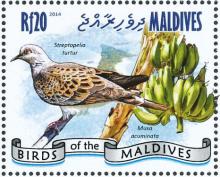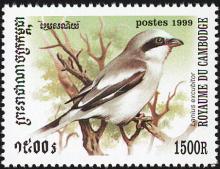Catastrophe as France's bird population collapses due to pesticides
Bird populations across the French countryside have fallen by a third over the last fifteen years, researchers have said. Dozens of species have seen their numbers decline, in some cases by two-thirds, the scientists said in a pair of studies – one national in scope and the other covering a large agricultural region in central France.

